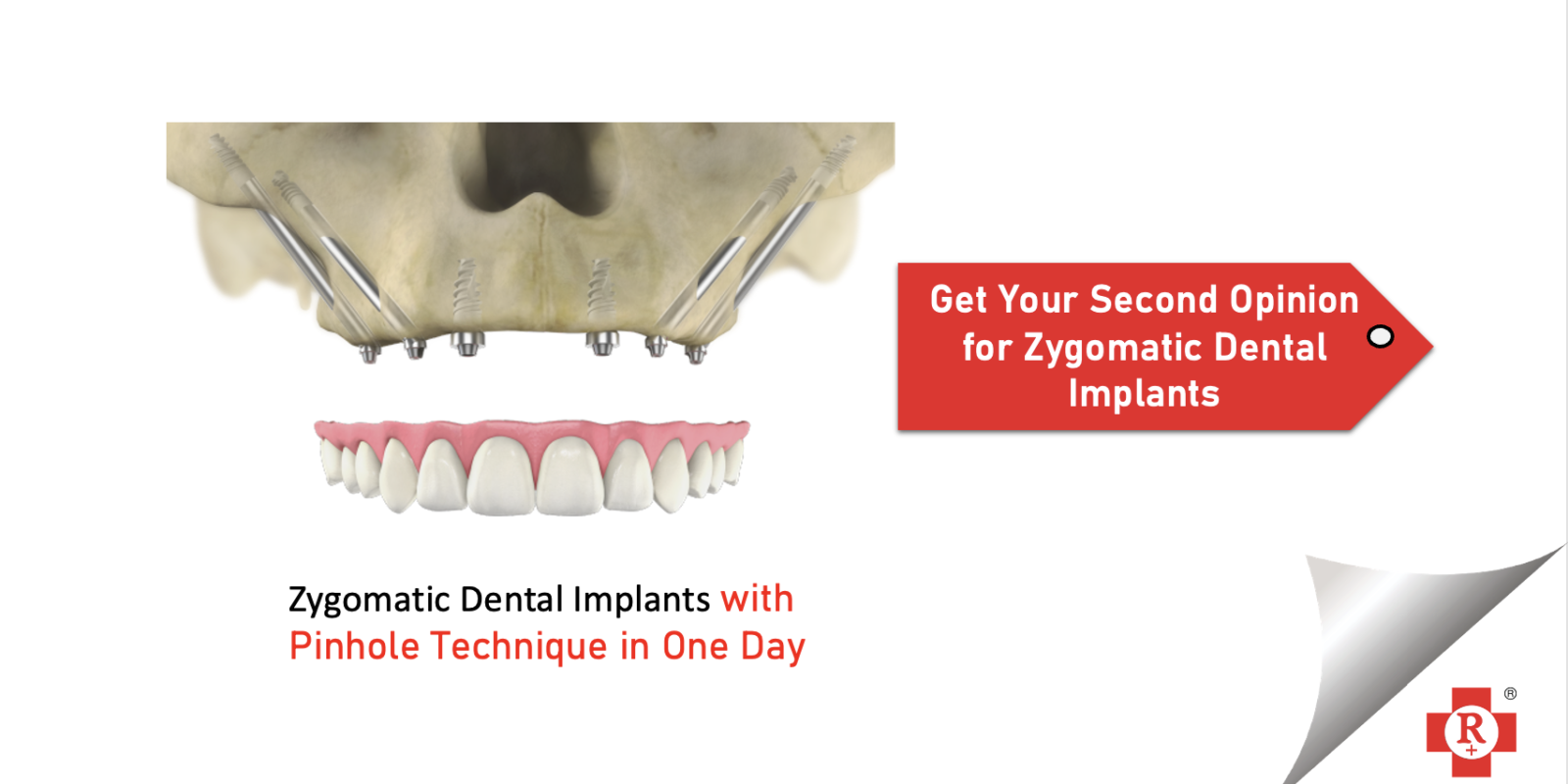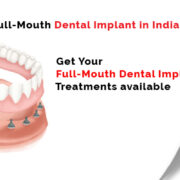Prior to the surgical procedure, the team at Royal Dental Clinics does a thorough and extensive examination to accurately create surgical models. They first take three-dimensional X-ray (CBCT) and pre-treatment photos. This is necessary to accurately determine the implant placement and length required. These preparatory measures are completely painless for the patient and take only a few minutes. With Zygomatic Implants offered at Royal Dental Clinics there is no need for a complex bone grafting operation, which can take up to six months to heal and several procedures to have full working teeth.
What are zygomatic implants?
Zygomatic implants are new alternatives that may be used to avoid bone grafting and sinus lift and therefore contribute to a shorter and more comfortable treatment. Zygoma Implants are much longer in comparison to the traditional implants and may range from 30 mm up to 60 mm. One of the main reasons for zygomatic placement is due to bone resorption or reduction in bone quality of the upper jaw.
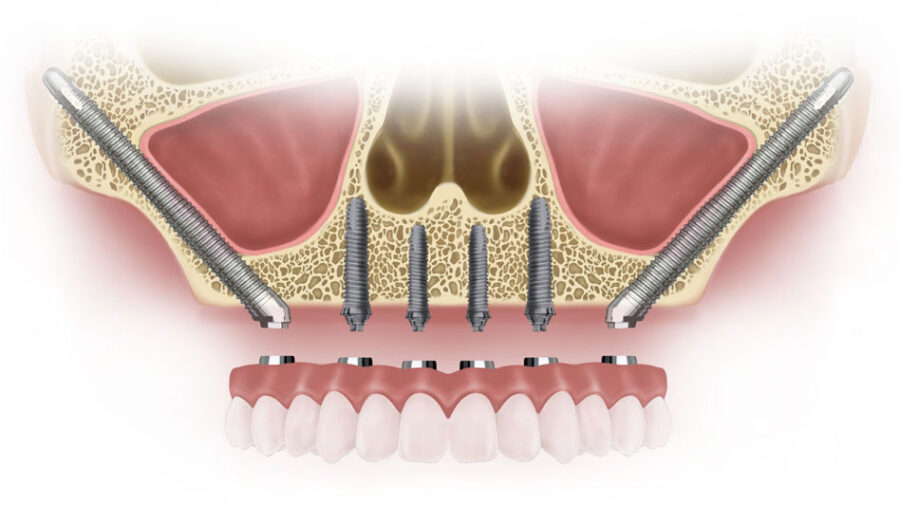
How do Zygomatic Implants work?
They are attached to the area of the jawbone close to the zygoma bone. The longer implant is placed from inside the mouth and it goes through or right next to the sinus and anchors into the zygomatic bone. We can now immediately load zygomatic implants with fixed teeth.
Who may require these implant?
In cases where there is virtually no bone, weak or less bone, dental implants are feasible with or without bone grafting. Furthermore, all teeth in a jaw can be fixed on merely 4 implants, called All-on-4 Technique.
The success and comfort of zygomatic implants can be much higher than the convention removable alternate. Also in cases of bone loss zygomatic options maybe the only way to restore a smile with fixed teeth.
Zygomatic Implants are attached to the cheekbone?
Contrasted with the maxillary bone, the zygomatic bone is a lot denser and gives a strong anchor to highlight the implant.
Can you have dental implant in severe bone loss?
Bone resorption along with lower bone quality often makes it impossible to place dental implants in the posterior maxilla.
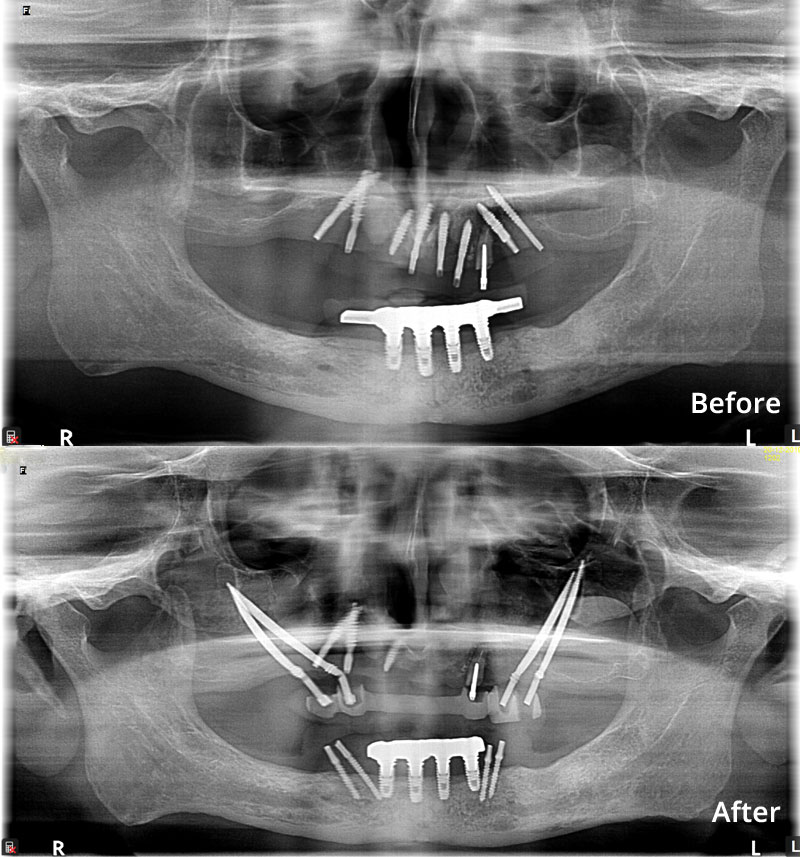
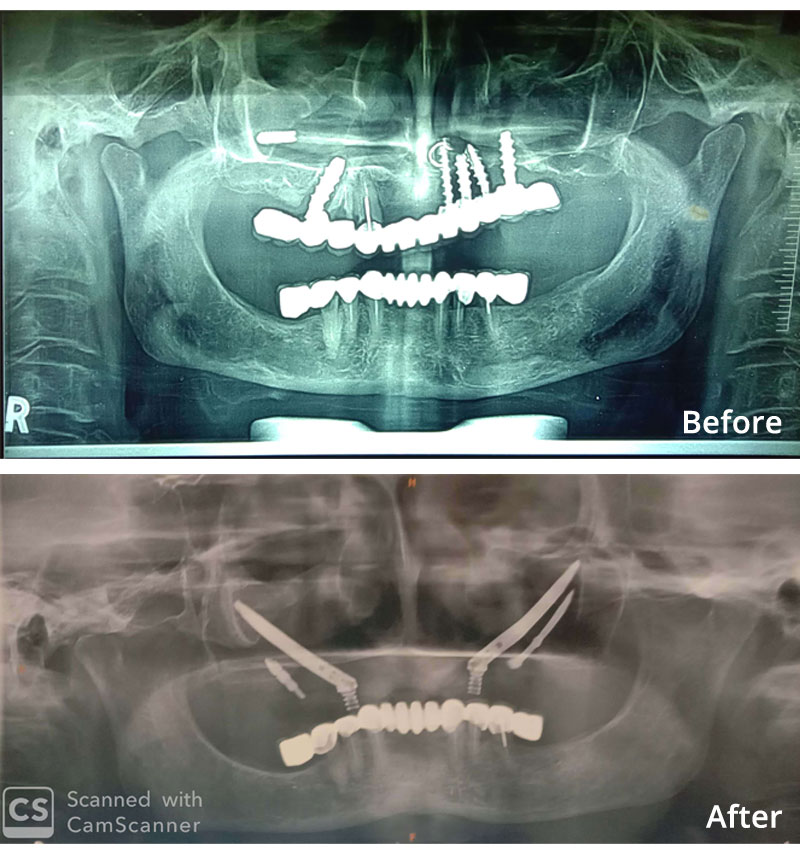
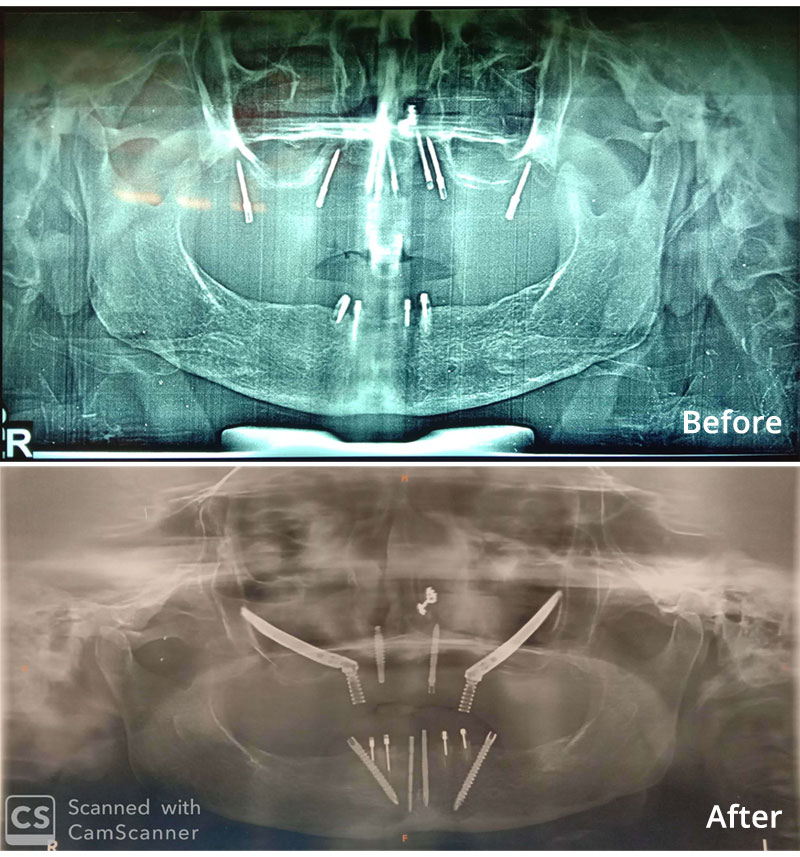
Advantages of Zygomatic Implant in one day?
- Less intrusive than bone joining and sinus lift tasks
- One-stage technique
- Quicker healing time
- Effective option for patients who cannot have traditional implants
- Immediate loading with SAPTeeth™ protocol
- Regular looking, long-term success rate
- Amazing option in contrast to false teeth
- Prompt improvement for all intents and purposes, solace and capacity
What type of surgery is involved?
They have then put into immediate biting or “loading” function thanks to their “self-tapping” design, thereby anchoring a fixed bridge system. As a result, it is often possible to provide complete mini implant services in a single office visit. Mini dental implants clearly represent an enormous breakthrough for the dental implant specialty as the most patient-friendly, cost-effective, proven implant system available today.
Zygomatic implants failures?
Failure rates are more in patients with diabetes, periodontal disease, low immunity, smokers, reduced compliance of oral hygiene. Before planning for dental implants oral cavity should be free from periodontal disease. Therefore, the survival and success rates of dental implants will never outgrow the survival rate of healthy clean teeth.
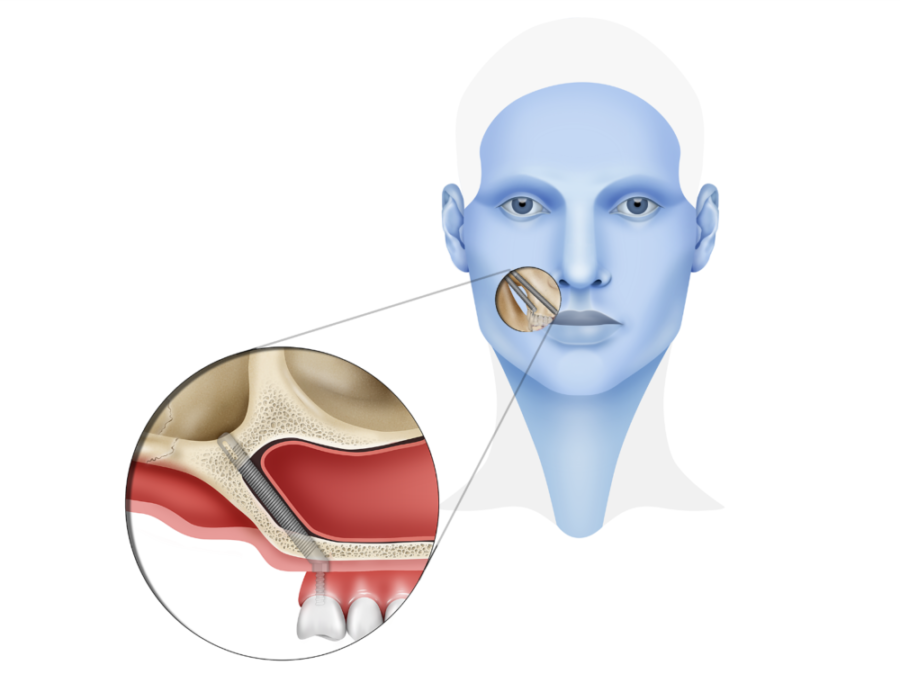
Will I have pain and discomfort?
Pain and discomfort will be within tolerable limits for few days. In most cases a minor over the counter analgesic is sufficient.
Side effects of zygomatic implants
Infection: Infections can happen if the incisions are not cleaned properly after surgery, or if you don’t keep them clean during the healing process.
Scarring: Some patients may experience scarring at the incision site.
Fracture: An implant may fracture or dislocate after surgery. This is rare, but patients should be aware of the signs and have the implant removed if they experience any pain or discomfort.
Rejection: In rare cases, an implant may be rejected by the body. This happens when the body’s immune system identifies the implant as a foreign object and tries to get rid of it.
To do that we have included a brief overview of anatomy, indications for use and common surgical techniques for placement of these implants. Keep reading for more information on how you can integrate these procedures into your dental practice.
Final Words
In the event that you have been investigating getting dental implants, you may have run over a particular sort of implant known as zygomatic implants. Since this kind of implant is relatively new, odds are you may not know particularly about zygomatic implants and how they contrast with customary dental implants. Along these lines, here is all you require to think about zygomatic implants.
Suggested Articles –
Follow Us For More Updates
